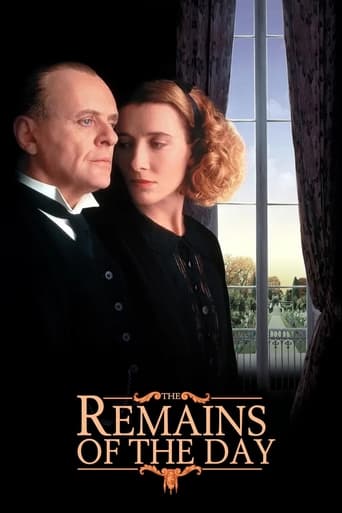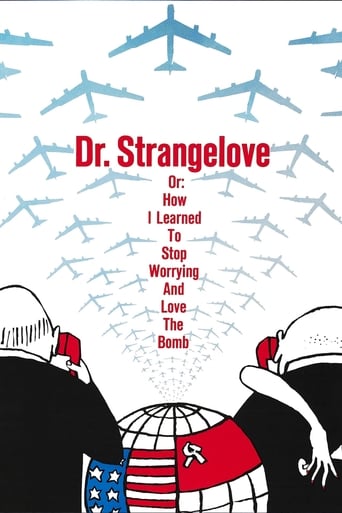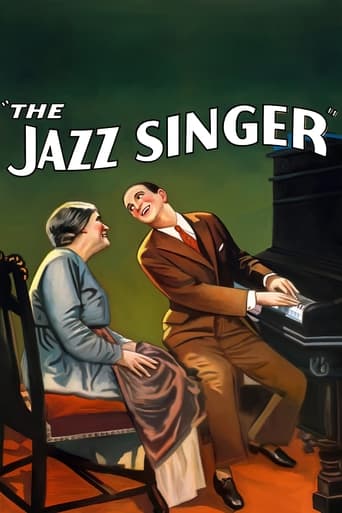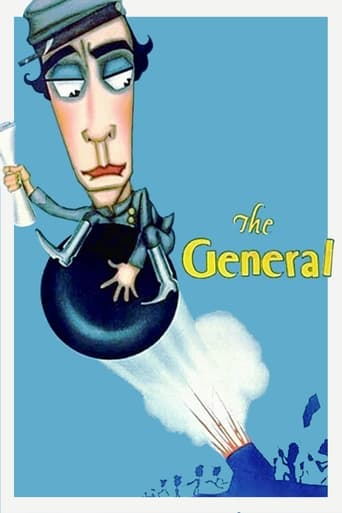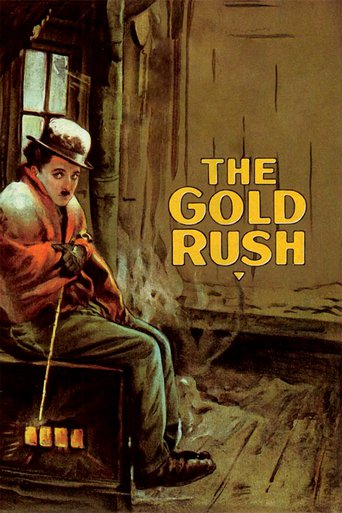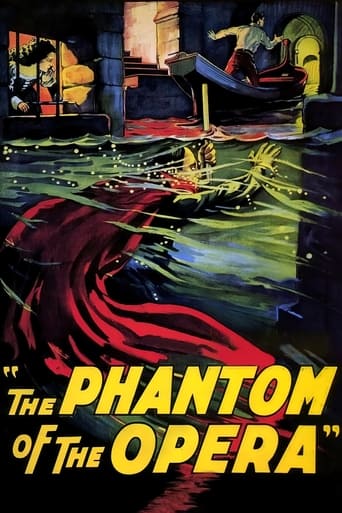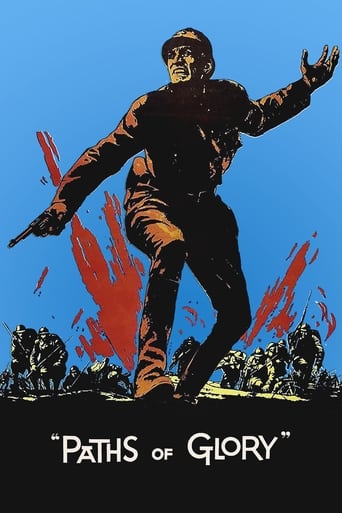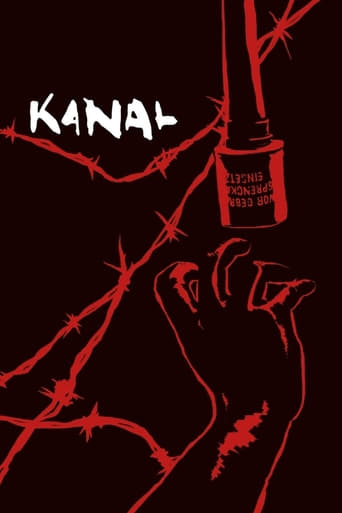
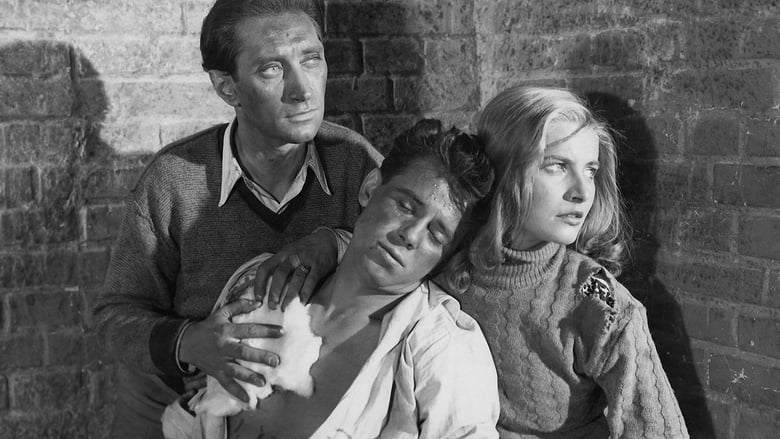
Kanal (1957)
During the last few days of the Warsaw Uprising following World War II, a modest group of Resistance members remains. The band must take refuge in the sewers under the orders of leader Zadra, but it's only a matter of time before they will have to emerge. However, when they try, they are met only with intense hostility from the Nazis. Despite their attempts stay resolute through immense mental strain, it becomes increasingly apparent that they may be doomed.
Watch Trailer
Cast


Similar titles
Reviews
Terrible acting, screenplay and direction.
Fantastic!
A terrific literary drama and character piece that shows how the process of creating art can be seen differently by those doing it and those looking at it from the outside.
This is one of the best movies I’ve seen in a very long time. You have to go and see this on the big screen.
This is an excellent movie. It tells the story of the last stages of the Warsaw Uprising against the Nazis. A small unit of Polish Resistance fighters are ordered to fall back to a central position by going through the sewers. Most of the actions happens in the eerie confines of the sewers, which creates a very gripping atmosphere. However, the most interesting aspect of the movie is the character development. All of the characters are so different and changeable. No stereotypical characters in this movie!Andrzej Wajda is a truly great director. He is able to make unique movies based on the character development, rather than relying on gimmicks to gain the audience's attention. In this movie you never know what is ultimately going to happen to the resistance fighters until the final scenes.
This is a movie that can be appreciated more than enjoyed. It is a story dating to September, 1944, at the end of the Warsaw uprising. A company of Polish resistance fighters is followed in their last hours. As the company walks by the camera in an initial scene the voice-over is, "These are the heroes of the tragedy. Watch them closely, for these are the last hours of their lives." This is a risky way to start the movie, since it takes away any sense of hope that might be had for these people, but the effect is to accentuate identification with their fate.The film is divided into two parts, the first part taking place in a bombed out house on the outskirts of Warsaw. The fighters know their fate if they stay there and fight against the overwhelming German forces. The leaders are agreeable to fighting to the end, but the command comes from headquarters to retreat. The retreat is to be through the sewers to a liberated part of the the city. The second part of the movie details the slog through the noisome cavernous sewers. If this sounds rather grim, be advised that it is. Many times throughout the ordeal I kept saying to myself, "Just hang in there, you can get through this." Dante's Inferno came to my mind before the sensitive musician in the company delivered the lines, "Thither we come, and there down in the moat I saw a people smothered in a filth that out of human privies seemed to flow."So, what are the rewards of seeing this through? For me there were two: learning a bit of history and appreciating the film as a work of art. From having viewed director Wajda's war trilogy, "A Generation," "Kanal," and "Ashes and Diamonds," as well as the later "Katyn," I have learned a tiny bit about Polish history. More than I would probably have known otherwise, since I doubt that I would have sought this information out on my own. It is estimated that over 200,000 people lost their lives in the Warsaw uprising, so Wajda has done his part in insuring that this grave event will not be lost in the mists of time.As a piece of film-making, this ranks highly. I am not sure whether the filming in the sewers was done on sets or in actual sewers. I suspect the former, but the result seems real enough and I have to believe that getting the lighting right was a challenge. Wajda takes full advantage of black and white photography to accentuate faces and silhouetted figures, capturing the emotions of the characters as well as their claustrophobic conditions.When the unrelenting bleakness started to seem overplayed and onerous, I reflected on the fact that I was getting about a 0.001% hint of the real experience. The Criterion Collection DVD provides an excellent print, especially given that this film is over fifty years old. The DVD extras are well worth a watch. There is a half hour interview with Wajda and another half hour interview, conducted by Wajda, with Warsaw uprising survivor Jan Nowak-Jezioranski. This latter interview is informative, offering some details on the complexity of the big picture, like how the Soviets halted their advance toward Berlin in order to let the Germans finish off the Poles, paving the way for Soviet post-war control. But the delay prevented the Russians from capturing Berlin before the Allies. I wish there had been more background details in the actual film, like just where the company was initially and how far away from their destination they were.
With the Red Army at the gates of Warsaw in the summer of 1944 the Poles in the city rose up against the Nazi occupiers . Men , women and children took part in it as they waited for the Soviet liberators . Unfortunately the Red Army doesn't do liberation and Joe Stalin didn't recognise any difference between Nazi stormtroopers and Polish nationalist so the Red Army sat outside the gates waiting for one side to beat the other so that there'd be no resistance for them entering he Warsaw capital . The number of Nazi dead was counted in thousands , the Polish dead in hundreds of thousands . It was a testimony to Polish courage and Soviet cynicism Andrzej Wajda's KANAL tells part of the story . Certainly the Polish courage is well represented . It wasn't just the Polish underground resistance army who took part in the uprising . So did intellectuals , old men , woman and children and this film represents the diverse cross pattern . Armed only with small arms they fought off battle hardened SS divisions who had aircraft , tanks and heavy artillery . What the film sadly doesn't mention is the role the Soviets played by stabbing the Poles in the back . It's understandable when communist Poland was still under Soviet influence . Nikita Khruschev had started his " de-Stalinism " program but such a change was like replacing Nazism with fascism so while there was some benefits to this new regime it doesn't stop the downside of the fundamentalist dictatorship That said Wajda has made a classic European film . I remembered it from 20 years ago and when I tracked it down I wasn't disappointed by it . It's a mix of styles with the scenes above ground mirroring the Italian Neo-Realist movement with the scenes set under the eponymous sewers ( Kanal being Polish for sewer ) being inspired by German Expressionism . The characters are people you can believe in from Lt Zadra the courageous patriot in charge of the company to Daisy , a morally ambiguous ( A prostitute ? ) woman . The director doesn't make the mistake like many film makers of showing what a sewer is . More often than not they're just a cosy film set . Not here . It's a sanitation system full of faeces and urine and dangerous gases and the characters have to crawl through it . This reality combined with a haunting mood muzak by Jan Krenz makes KANAL a riveting film There are a couple of flaws to it however . The lack of any mention to the Soviets is forgivable as it's understandable . What isn't so forgivable is that the time frame is rather confusing . Many of the characters succumb to madness but considering they've fought off the Nazis for 56 days would a few hours in the sewers cause something Nazi shells were incapable of ? It's never stated how Daisy would know the layout of the sewer system and if she's so important why not let her lead the party . There's also an unlikely need for characters to spout existentialist dialogue at unlikely times . There's also the irritating lack of consistency where matches not working in one scene only to have them working a few scenes later and characters telling their comrades not to shout in case the Germans hear them only to have the same characters shout in the following scene These are minor flaws despite being noticeable . KANAL is a film that will stay with you and scenes will burn themselves in to the memory such as a soldier asking a young , pretty woman lying on a stretcher if she's unwell only to see the blanket fall away revealing her right leg has been amputated above the knee . You'll also be able to remember long after seeing it who gets killed in what order . This might mean it doesn't have the same impact upon repeated viewing but it's a film everyone should see at least once
Did Andrzej Wajda predict the modern horror film? Or was he merely acting on--and manipulating--our fear of the big, scary monster? There are many shots in KANAL where the camera will simply stay on a passageway seconds after the survivors leave the shot. As a modern audience who has lived through horror films, we expect a Nazi or a monster to slip into the frame in the background, but it never does. KANAL truly is a horror film, but what's unbearable to us and the sturdy group of Resistance fighters isn't the Nazis above the sewers or the metaphorical monster, but it is the solitude and emptiness that drives them to insanity, death or a bitter end.KANAL is Andrzej Wajda's dirty, bloody valentine to the heroes of the 1944 Warsaw Resistance as the film follows the last hours of a band of heroes in their ultimately futile attempt to escape the Nazis through the labyrinth of underground sewers. We are first introduced to them as strong, willful humans trying to survive in a world that's falling to ruins (One could also argue that Andrzej Wajda also created the first post-apocalypse film). They laugh, they love, they play music in the last happy moments of their lives. After they enter the sewers, we expect and want them to come out even more strong-willed than ever--how many people can face dead bodies floating in the water of a dirty sewer with the same calm defiance? But as time goes on and the group gets separated, it becomes more and more inevitable that these heroes are not meant for a Hollywood's movie's happy, redemptive ending.Andrzej Wajda, like Roman Polanski, was a real survivor of the Nazi invasion of Poland during WWII, and both became filmmakers who brought their experiences to films, as Polanski did with Oscar-winning THE PIANIST. However, Polanski's film, though absolutely profound, doesn't have Wajda's eye for details--the scenes of ruined Warsaw, for example, seem almost CGI'ed and it's obvious that he's trying to go for more, while Wajda will focus solely on the dirty ground, the debris blowing in the wind, or the flames of a burning building in the background. With Wajda, less is much more effective. If there is a situation more dirty, awful, lonely, scary or haunting than these people making their way through the labyrinths, I have yet to see it.







